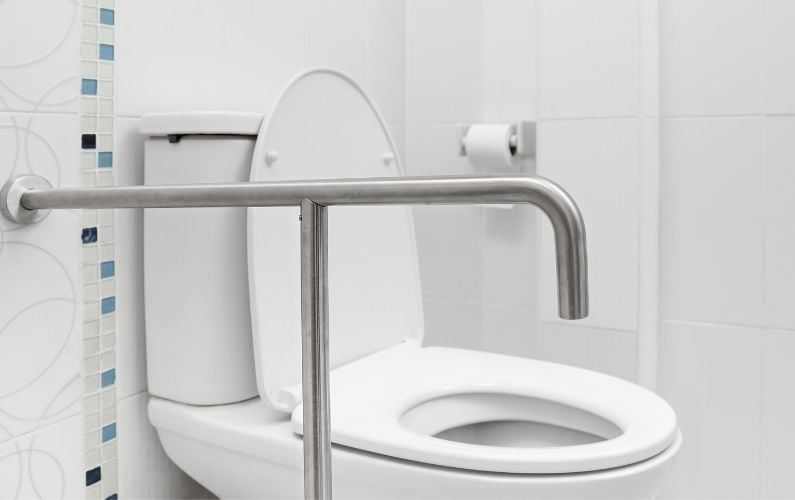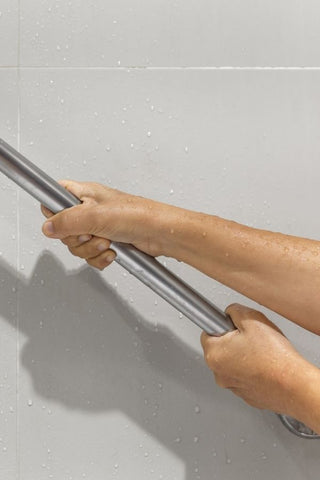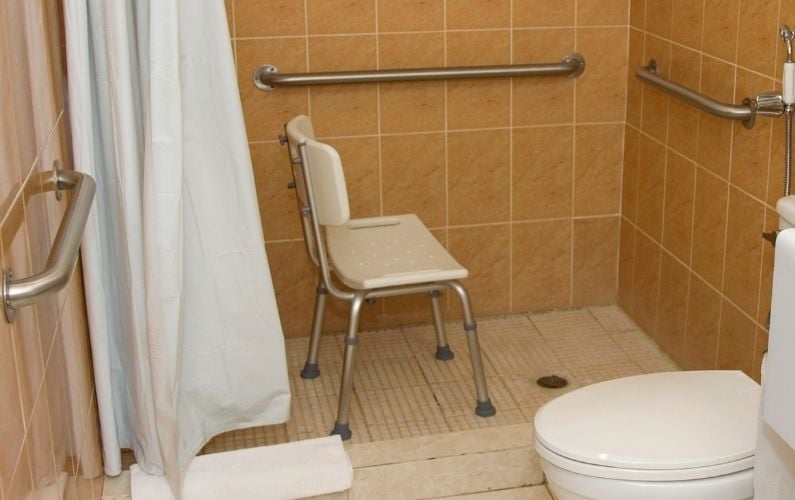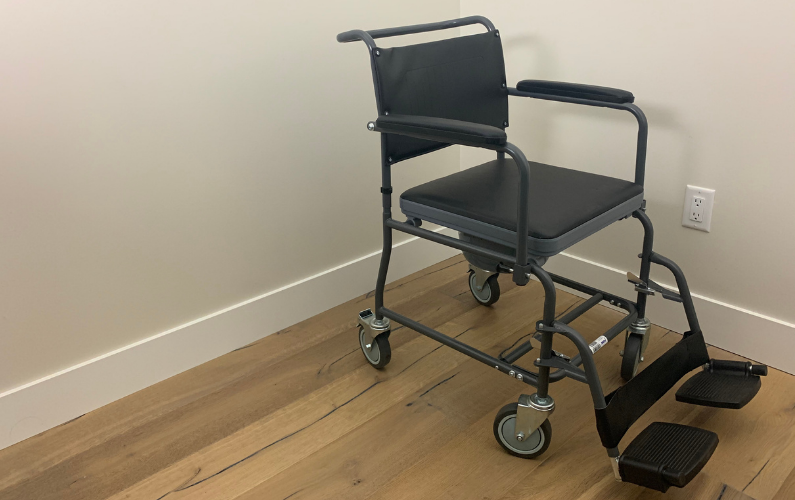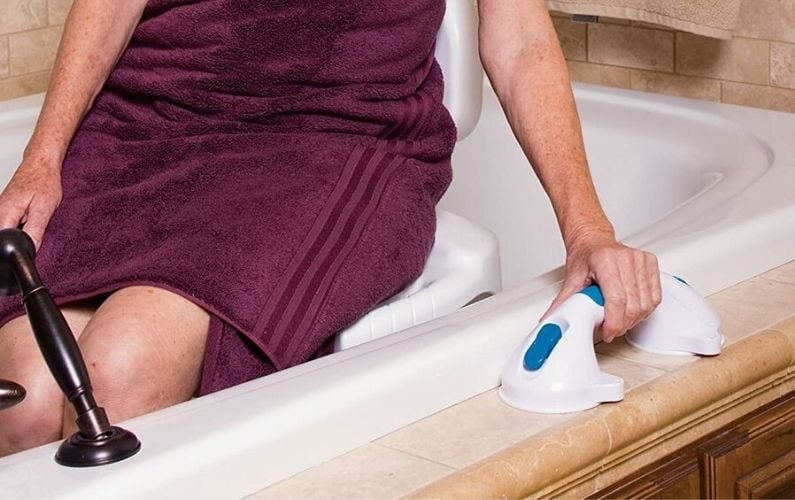The bathroom can be a slippery, dangerous place. Take a look at these nine bathroom safety tips that'll reduce bathroom hazards.
Did you know that the bathroom is one of the most dangerous parts of the home, second only to the stairs and kitchen?
It shouldn't be too surprising when you think about it. The floor can be wet and slippery. And anyone could slip and break their head after hitting tiled floors, a sink, or a toilet bowl.
There are so many chances for adults and senior citizens to receive a bad injury. In fact, it is estimated that 235,000 people end up in the emergency room because of injuries related to bathroom accidents.
When it comes to bathroom safety, you should be extra careful. Here are 9 bathroom safety tips that can help reduce bathroom hazards and keep people injury-free.
9 Bathroom Safety Tips That'll Reduce Bathroom Hazards
1. Install Grab Bars and Rails
Installing grab bars and rails is among the topmost bathroom safety tips. Grab bars are metallic rails that help people secure positions before standing or sitting.
The benefits of grab bars are two-fold. First, they can give you or your loved ones something to grip before getting in and out of the shower. This helps people with weaker legs to stand for longer and even allows for secured movement.
Their second function is to prevent people from falling. If someone loses their balance, they can use grab bars to hold onto which can prevent any excessive or even fatal physical injuries.
2. Replace Your Bathroom Rugs
One of the most common reasons for bathroom safety issues is bathroom rugs. For example, scatter rugs are easy to slip on or fall over. Therefore, it's best to remove them.
As a replacement, use non-slip mats on the floor, tub, and in the shower. In addition, you can apply non-slip decals on the bathroom tiles. If there’s no way for you to part with your bathroom rugs, it’s best to secure them.
Use double-sided tape to stick the rugs on the floor or even slip-resistant backing. Most importantly, secure as many of the loose corners as possible to prevent any tripping. This will further reduce the chances of slippage with rollators or walkers.
3. Keep Essentials Within Reach
Keeping essentials at arm’s reach is one of the simplest bathroom safety tips. This not only improves your organization skills but also reduces clutter in your bathroom.
Why should you organize and set your essentials nearby?
Moving everything within arm’s reach reduces the occurrence of foot movement. Therefore, by keeping everything within arm's reach you reduce the risk of trips or falls. For example, bending down or stretching your arm too far to reach items, can result in fatal slips or falls.
You should certainly consider the proper placement of all your linens. Washcloths, towels, and toilet paper should be easy to reach. Moreover, you can use a caddy to store bath products like shampoo, conditioner, and body soap.
4. Renovate Your Bathroom
For elders and disabled people, a good way to get a safer bathroom is to renovate it. If you have some disposable income you can use, it’s best to upgrade your home to accommodate seniors or disabled individuals. Doing so will go a long way to making your bathroom safer.
For example, one of the best safety technologies for your bathroom is the walk-in tub. This bathtub has a small, walk-in door on the side that seals when you close it. Therefore, it prevents any slips and falls that can come from excessive movement to the bathtub.
In addition, you could include a wall-mounted shower seat. This seat is sturdy and connects straight to your wall, so it’s durable. It can handle the weight of one elderly person while they’re taking a shower. Alternatively, you can opt for portable shower seats.
Wall-mounted and portable shower seats can work to help the elders or disabled have proper seating. As a result, this helps prevent bad slips, including the ones that come from soap scum.
5. Keep The Bathroom Clean
Be sure to keep the entire bathroom as clean as possible. It's best to keep it dry, as moisture can lead to slips. You should also cut down on soap scum, limescale, and even mildew to reduce slippage.
To prevent excess water from dripping onto the floor, use weighted shower curtains. This will reduce any chances for trips or slips.
To keep the bathroom clean, make sure to scrub it at least once a week. Remove any fallen hair or materials as soon as possible. You can also use a tile cleaner or bathroom cleaner to remove any excess soap.
6. Invest In Sufficient Lighting
For many elders, one of the most common complaints is urination at night. With insufficient light, it discourages them from going to the bathroom. When they decide to go, this creates a potential accident situation if they can’t see their surroundings.
For this reason, always make sure there’s enough lighting and visibility in the bathroom and corridors. Invest in lighting to make sure the entire bathroom has illumination. Use light switches that are within reasonable reach and keep some corridor lighting on at night.
7. Install Adjustable Showerheads
Adjustable showerheads or even handheld showers are a great choice that can help elderly people. These types of showers are maneuverable, making them great picks. They can reduce movement in the shower and the possibility of slips when you move around.
They’re also great to combine with bath seats or benches, preventing extended periods of standing up.
8. Remove or Secure Electrical Appliances
Make sure to move electrical appliances away from sources of water. Put them in reachable places, but high enough that they will not get splotches of water on them. If you can, find outlets with a switch that you can turn on or off.
If you can’t prevent putting sockets lower, you can use socket covers instead. However, be sure that they provide enough protection without excess locks.
9. Keep The Hot Water In Check
Senior citizens tend to have thinner, more sensitive skin as they age. Because of this, they are more sensitive to changes in temperature. This includes shower water that is too cold or hot.
Make sure that any hot water sources have the proper labels and will have enough heat. 120F is the max temperature you would want for hot water to prevent scalding. You can get bath mats with temperature indicators to help monitor the water temperature.
The Key To Bathroom Safety
When it comes to bathroom safety, vigilance is the key to preventing hazards. Organize your bathroom and take a good look at the potential accidents that can happen. By following our bathroom safety tips, you can make sure that you’ll get the best results that can keep everyone safe.
Looking for more ways to help your loved ones have a better living space? Explore our wide assortment of affordable bathroom safety products.
We provide the best elderly care products that can improve the quality of life. Shop the best health brands that can help them enjoy the years to come.
Talk to us and help your loved ones age with grace.







